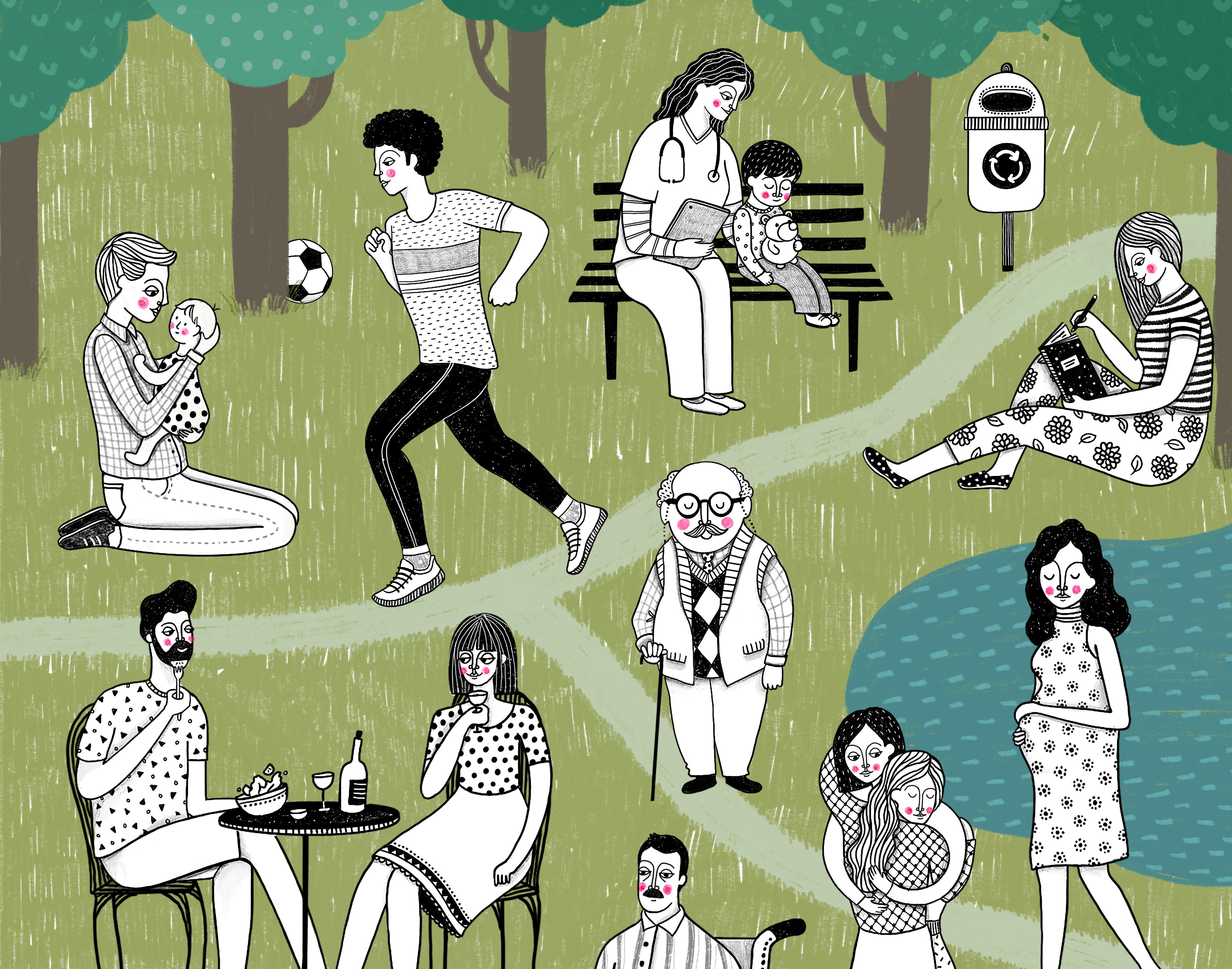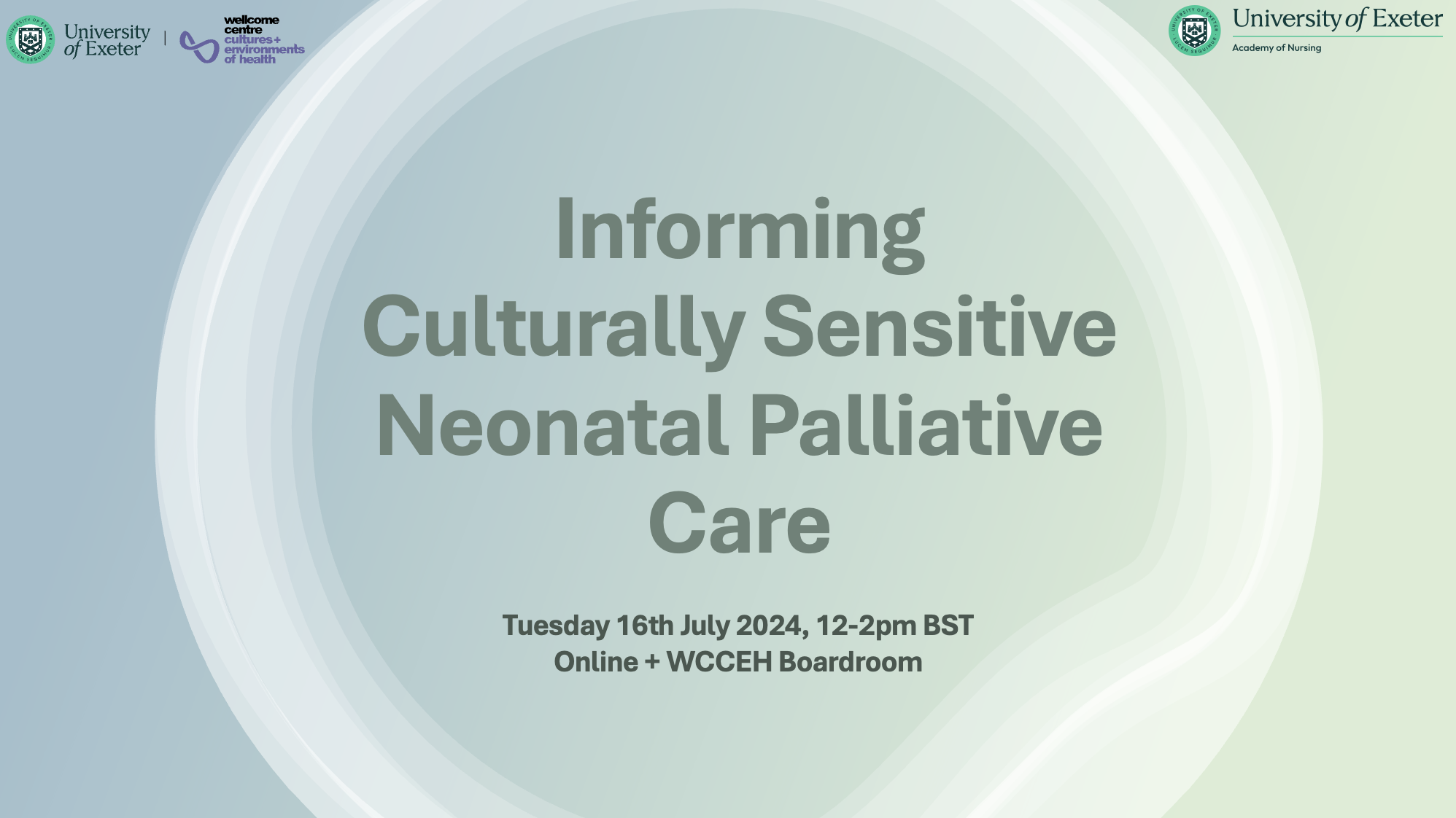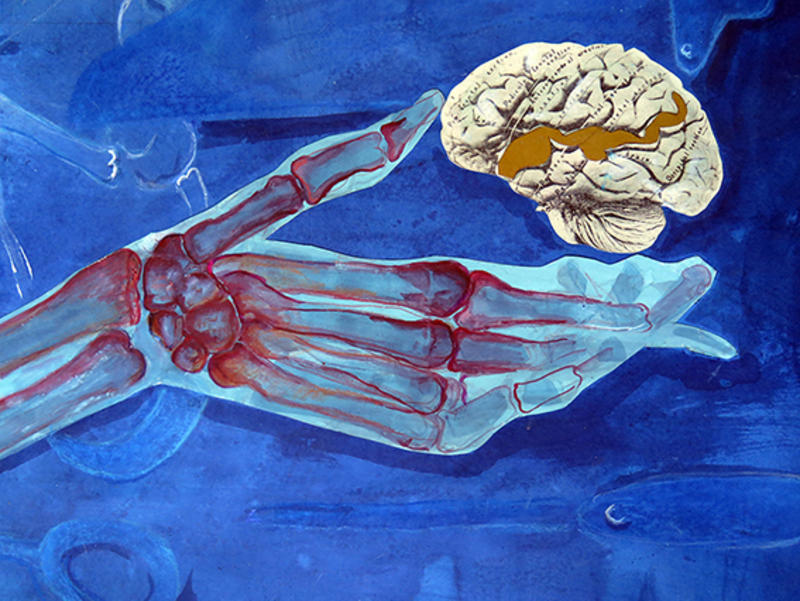Can you dance your way to better health and well-being? For the first time, WHO studies the link between arts and health

Engaging with the arts can be beneficial for both mental and physical health. This is a key conclusion of a new report from the WHO Regional Office for Europe analysing the evidence from over 900 global publications – the most comprehensive review of evidence on arts and health to date.
“Bringing art into people’s lives through activities including dancing, singing, and going to museums and concerts offers an added dimension to how we can improve physical and mental health,” says Dr Piroska Östlin, WHO Regional Director for Europe a.i.
“The examples cited in this groundbreaking WHO report show ways in which the arts can tackle ‘wicked’ or complex health challenges such as diabetes, obesity and mental ill health. They consider health and well-being in a broader societal and community context, and offer solutions that common medical practice has so far been unable to address effectively,” Dr Östlin explains.
The report reviews arts activities that seek to promote health and prevent ill health, as well as manage and treat physical and mental ill health and support end-of-life care. It will be launched on Monday, 11 November at 08:00 CET during an event in Helsinki, Finland, which will bring together experts, policy-makers, practitioners and service users to discuss the role of arts interventions in health care. The event will be live-streamed.
Arts and health throughout life
From before birth to the end of life, the arts can positively influence health. For example, young children whose parents read to them before bed have longer night-time sleep and improved concentration at school. Among adolescents living in urban areas, drama-based peer education can support responsible decision-making, enhance well-being and reduce exposure to violence. Later in life, music can support cognition in people with dementia – singing in particular has been found to improve attention, episodic memory and executive function.
Arts in health care
In health-care settings, arts activities can be used to supplement or enhance treatment protocols. For example:
- listening to music or making art have been found to reduce the side effects of cancer treatment, including drowsiness, lack of appetite, shortness of breath and nausea;
- arts activities in emergency settings, including music, crafts and clowning, have been found to reduce anxiety, pain and blood pressure, particularly for children but also for their parents; and
- dance has been found repeatedly to provide clinically meaningful improvements in motor scores for people with Parkinson’s disease.
The report highlights that some arts interventions not only produce good results, but can also be more cost-effective than more standard biomedical treatments. They can combine multiple health-promoting factors at once (such as physical activity and mental health support) and have a low risk of negative outcomes. Because arts interventions can be tailored to have relevance for people from different cultural backgrounds, they can also offer a route to engage minority or hard-to-reach groups.
Several countries are now looking to arts and social prescribing schemes, whereby primary-care doctors can refer their patients to arts activities.
Policy considerations
The report outlines policy considerations for decision-makers in the health sector and beyond, such as:
- ensure the availability and accessibility of arts-for-health programmes within communities;
- support arts and cultural organizations in making health and well-being part of their work;
- promote public awareness of the potential health benefits of arts engagement;
- include arts in the training of health-care professionals;
- introduce or strengthen referral mechanisms from health- or social-care facilities to arts programmes or activities; and
- invest in more research, particularly in scaling up arts and health interventions, and evaluating their implementation.
Definition of “arts”
The report reviewed the health benefits (either through active or passive participation) in five broad categories of arts: performing arts (music, dance, singing, theatre, film); visual arts (crafts, design, painting, photography); literature (writing, reading, attending literary festivals); culture (going to museums, galleries, concerts, the theatre); and online arts (animations, digital arts, etc.).
For more information or to schedule interviews, please contact:
Faith Vorting
Communications Officer
Tel.: +45 45 33 67 42
Mobile: +45 28 57 74 12
Email: kilfordf@who.int
Nils Fietje
Research Officer
Cultural Contexts of Health and Well-being
WHO Regional Office for Europe
Tel.: +45 45 33 69 37
Email: fietjen@who.int




